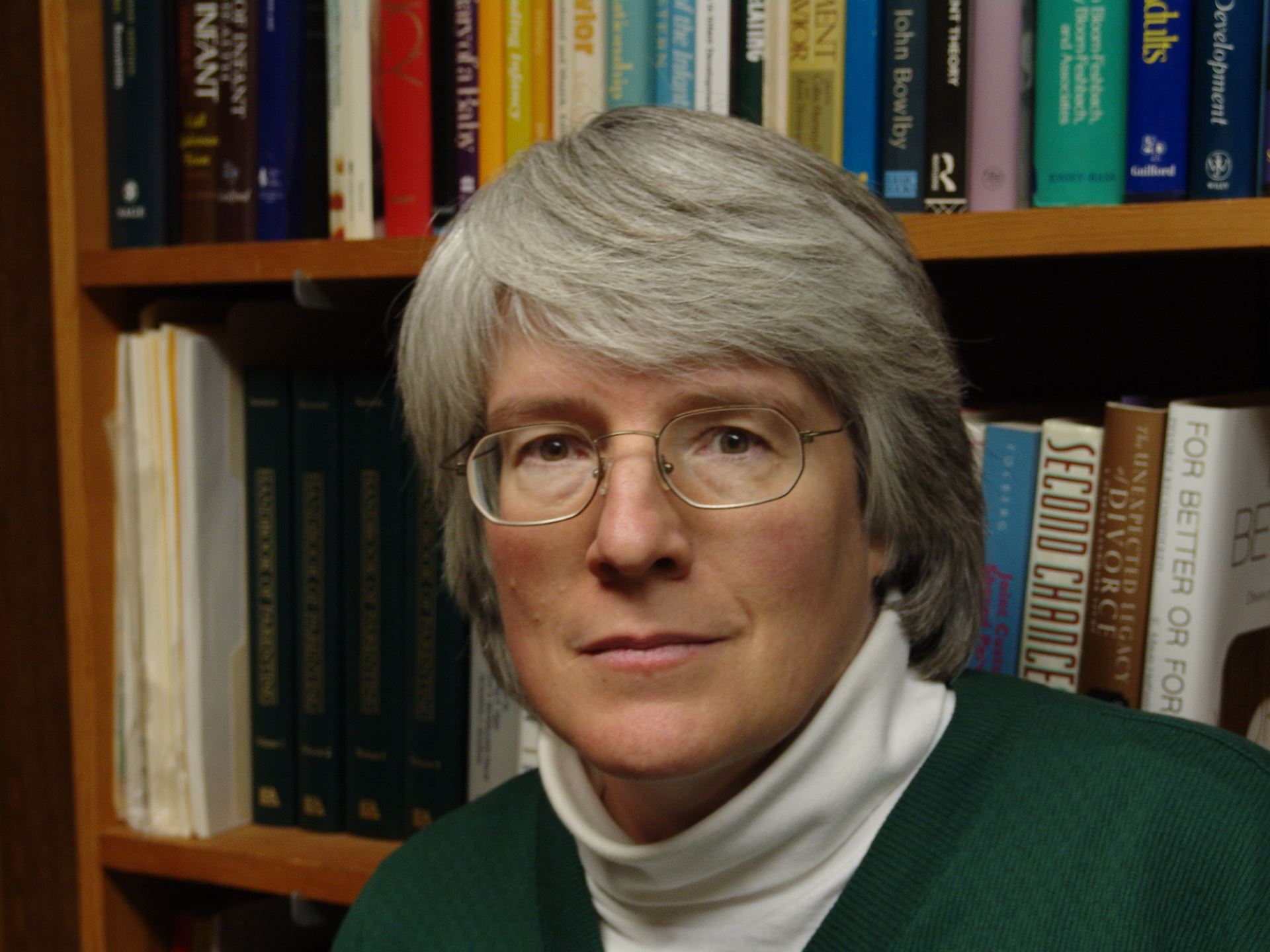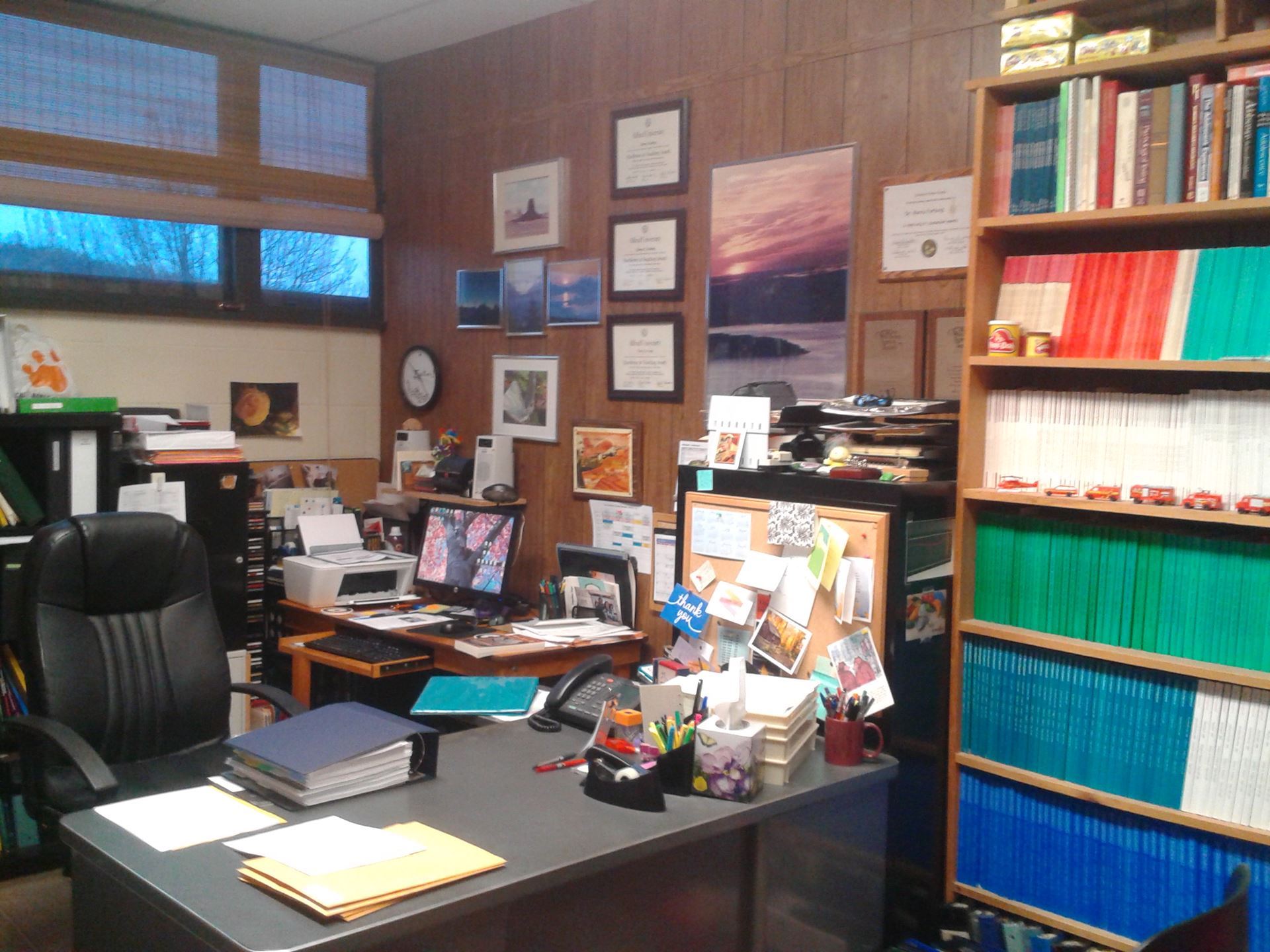 School name: Alfred University
School name: Alfred University
Type of school: Small but comprehensive University (bachelors through doctoral programs)
School locale: Small, rural community in western New York state
Classes you teach and average class size:
Psychological Methods & Statistics (Average Class Size = 39)
Research & Design 1 (Average Class Size = 14; two sections per semester)
Cognitive Development (Average Class Size = 28)
Social Development (Average Class Size = 38)
What’s the best advice about teaching you’ve ever received?
Rather than advice I received about teaching, I was most heavily influenced by the teachers in my favorite classes (which included History, Math, Computer Science, Anthropology, and of course, some Psychology classes). I realized that I most enjoyed classes where the teacher presented the material in a coherent, organized narrative format.
What book or article has shaped your work as a psychology teacher?
I was teaching years before graduate programs began to prepare doctoral candidates for academic positions. My preparation to teach undergraduate classes involved sitting in on classes taught by my advisors. Consequently, my work as a psychology teacher was shaped more by models rather than books or articles. I have, however, adopted some assignments and teaching tips from Teaching of Psychology. For example, students in my Cognitive Development class design a game for children, observe children of different ages play it, and then report to the class the differences in cognitive development they detect. This assignment was based on an article by Georgia Nigro (ToP, December 1994)and it has been students’ favorite part of the course ever since.
Briefly tell us about your favorite lecture topic or course to teach.
If I have to choose only one, my favorite class is Cognitive Development, and my favorite lecture is on the development of the concept of reality, when I get to talk about Subbotsky’s studies on children’s belief in magic and Harris’ studies on imaginary monsters.
Briefly describe a favorite assignment or in-class activity.
My students in Research & Design hold a conference-style Poster Session to present a research proposal they have developed on a topic I have assigned. I work with them as they generate their research questions, experimental conditions, and measurement procedures, and then I invite my faculty colleagues to attend the Poster Session. The students find it nerve-wracking, but my colleagues report that they are generally impressed with the students’ first research efforts, and the number of students electing to take an advanced R & D course has increased.
What teaching and learning techniques work best for you?
Lecturing – or telling an organized, coherent “story” – is what I think I do best (and it is what I enjoy most).
 What’s your workspace like?
What’s your workspace like?
My office is crammed with filing cabinets, books, journals, and notebooks. I think I have the notes from every lecture I have ever delivered. I also have every exam I have ever administered. Because I spend so much time in my office, it also contains a stack of music CDs and photos of places I have traveled. I used to know exactly how to find anything, but in recent years, I find I sometimes need to search for things!
 Three words that best describe your teaching style.
Three words that best describe your teaching style.
“Lecture, almost non-stop.”
What is your teaching philosophy in 8 words or fewer?
Intellectual growth is facilitated by breadth of knowledge.
Tell us about a teaching disaster (or embarrassment) you’ve had and how you dealt with the situation.
A couple of years ago, I was asked at the last minute to offer a section of Parenting Seminar. One of the topics is the use of corporal punishment, and I was taken aback when most of the students argued in favor of spanking children, and persisted in this position even after we reviewed the research showing that spanking can result in a number of negative consequences. In my surprise, I am sure I made it obvious that I expected them to use the scientific findings to inform (i.e., change) their attitudes, but that did not happen. These students did not even try to appease me by simply saying what they knew I wanted them to say, and they had multiple opportunities because the issue came up over and over again over the semester. My response to this experience was to discuss it with the colleague who first developed this course and who had been teaching it for 20 years or so. His first question to me was about the background of the students, and that is when it struck me that they were either African-American or from lower SES homes. As a result, I have done some additional reading on cultural differences in parenting attitudes and in my Social Development class, I now discuss the possibility that effective discipline techniques may vary based on cultural and economic conditions.
What is something your students would be surprised to learn about you?
My favorite forms of exercise are Karate and Line Dancing.
What are you currently reading for pleasure?
I am currently reading Norman Maclean’s Young Men and Fire– an account of the 1949 Mann Gulch forest fire where a dozen “smokejumpers” died.
What tech tool could you not live without?
I think I could give up everything except my Fire Department Pager (because as Assistant Fire Chief and Critical-Care EMT with our local volunteer emergency services department, I am on call 24-hours a day).
What is your hallway chatter like? What do you talk to colleagues about most (whether or not it is related to teaching/school)?
Most often, the topic is what students are up to now – good, bad, or baffling.
